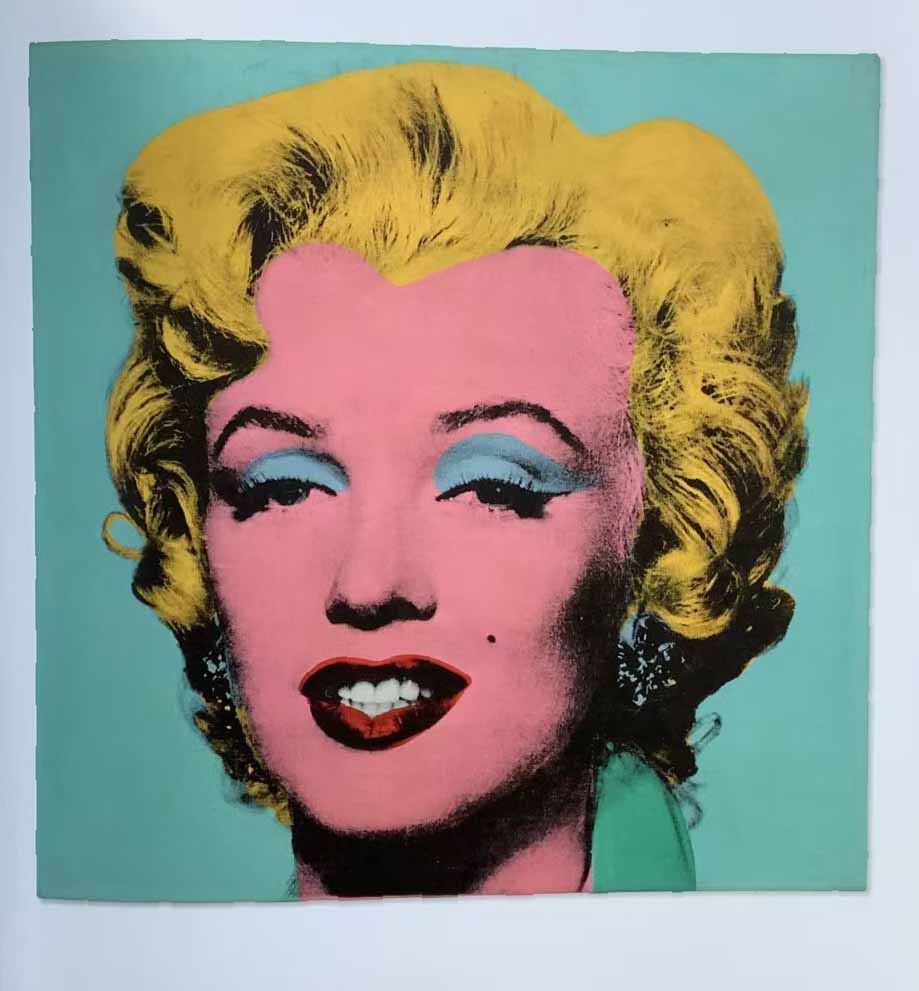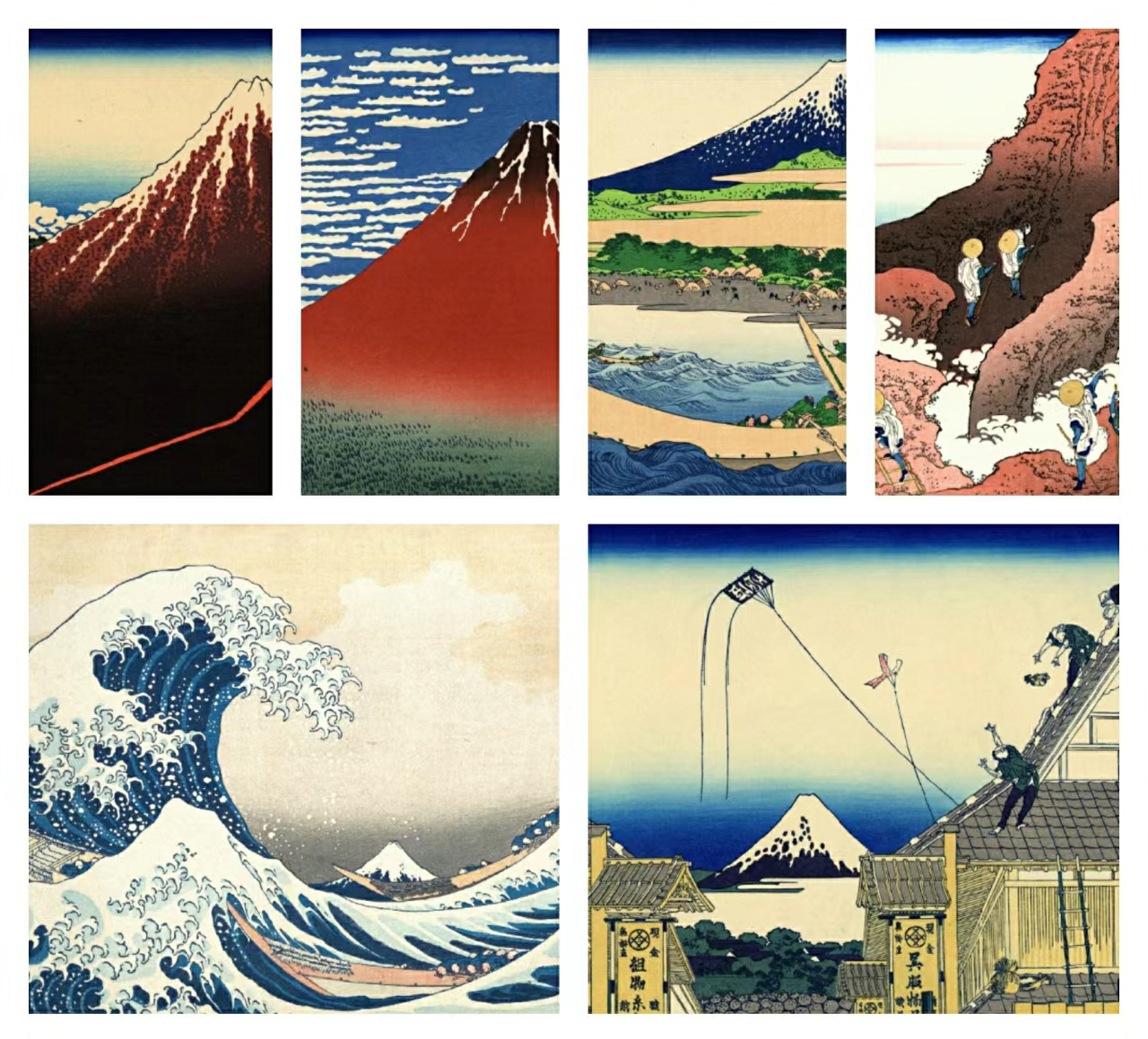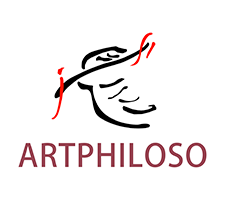▪️Printmaking is an important category of visual art. In the West, the word printmaking has two meanings, broad and narrow. In the broad sense, it refers to all paintings other than large-scale paintings such as oil paintings and murals, such as watercolors, gouache paintings, chalk paintings, sketches, sketches, illustrations, propaganda posters, comics, etc. In the narrow sense, It specifically refers to pictures that are engraving and printing; the term "printmaking" commonly used in China is mostly in a narrow sense.
▪️The concept of contemporary printmaking mainly refers to artistic works conceived and created by artists and produced through plate making and printing procedures. Specifically, they are carved or etched on wood, stone, hemp glue, copper, zinc, etc. with a knife or chemicals Printed pictures.
The common classifications of prints are as follows:
▪️Silk screen printing
The printing process of squeezing ink through the mesh of a screen printing plate, the more famous examples of which are works like Andy Warhol's Marilyn Monroe and Campbell's Soup Cans.

▪️Woodcut Prints
Originating in China, it is the process of carving wooden boards and printing patterns onto paper. The most famous example of woodblock prints is Japanese Ukiyo-e.

▪️Lithograph:
The process of drawing directly on slate, zinc, aluminum and other metal skins, and then using the principle of water and oil incompatibility to treat the surface of the slate, and finally printing on paper, the more famous examples of lithographs - Picasso, Matisse , Chagall and Miro once created lithographs.

▪️Digital Printing:
There are two definitions. One refers to original prints, which use high-tech digital technology to convert the modeling vocabulary in traditional prints into material ink dots on the computer, and then print out a certain limited number of plural prints through the output platform. Original art; the second refers to copying the original work. Relying on a modern high-tech stereoscopic scanner with more than one billion pixels, the original work is scanned under the author's authorization and supervision, and the high-fidelity original work is copied through giclée output.

